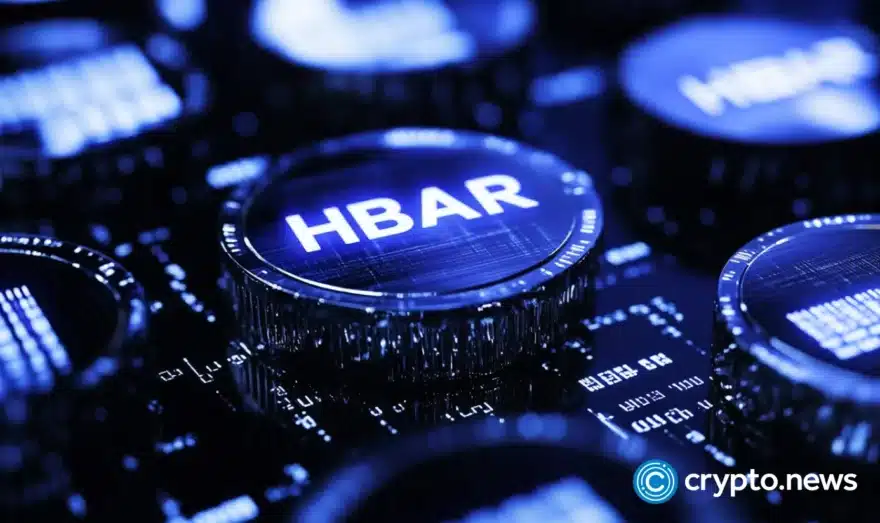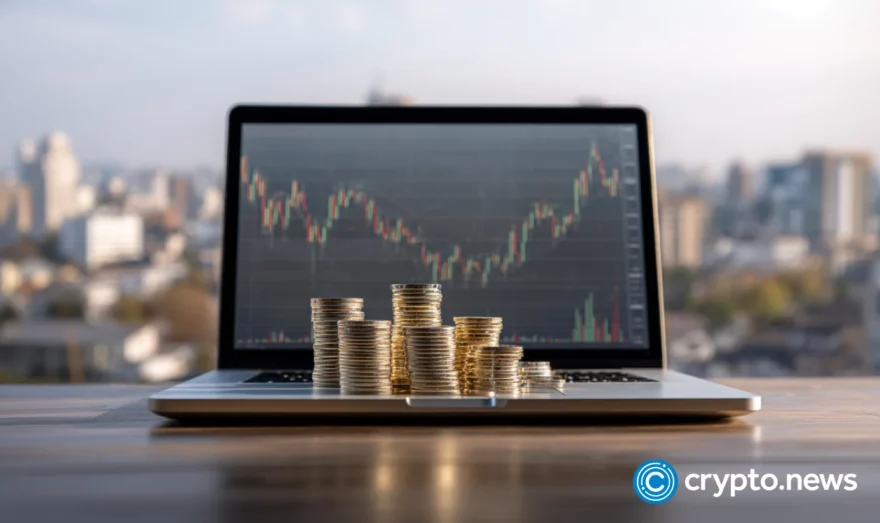Understanding How Bitcoin Halving Relates to the Coin’s Inflation

Inflation is one of the most daunting challenges facing any form of currency, not just cryptos. Untamed inflation results in the loss of a currency’s value and the gradual erosion of its purchasing power. For illustration, a $2.5 loaf of bread costing $20 by the end of a year is a big no for the normal functioning of an economy. People lose value in the currency under such instances. The Bitcoin blockchain has an intrinsic means of tackling inflation. The article explore the semantics of how the Bitcoin halving process affects its inflation in depth.
An Introduction to the Bitcoin Halving Process
Bitcoin halving is the process by which the BTC reward that miners get for processing a transaction is reduced by half. It occurs after every 210,000 blocks that have been mined, which equates to roughly every four years.
After every halving event, the amount of BTCs that gets released into circulation reduces in half. It is scheduled to occur until 2140. By this year, the set maximum supply of Bitcoin which is 21 million coins will have been mined.
How Inflation is tackled
To better grasp how the halving process adopts inflation, it’s worth understanding the basics behind Bitcoin’s valuation.
BTC Price Determination by Market Forces of Demand and Supply
Bitcoin like most other cryptos has its value determined largely by the forces of demand and supply. The exception is stablecoins whose values are pegged to an underlying reserve asset.
The price is set at the point where the coin’s demand curve intersects its supply curve. The price at this point is known as the equilibrium price, and is depicted in the graph below;
Effect of Quantity Supplied Changes on BTC Price Equilibrium
When Supply falls, the supply curve shifts to the left, indicating that fewer coins can be availed by miners at current prices. a shortage of the coin is experienced since the demand remains unchanged. It translates to a rise in the equilibrium price and thus the coin’s value. The reverse is also true, and both are depicted in the graph below;
Factors that may affect the supply of Bitcoin include the halving event as well as government legislation on the blockchain in major mining areas. A good example would be China’s ban on Bitcoin mining.
Effect of Quantity Demanded Changes on BTC Price Equilibrium
On the other hand, when the demand falls, the demand curve shifts to the left to indicate a decreased ability of investors to buy the coin at current prices. It results in a surplus of BTC since supply remains constant, resulting in its equilibrium price and thus value rising. The reverse is true and is illustrated in the graph below;
The economic concept of ceteris paribus is applied, being crucial for determining how a dependent variable (BTC price) is affected by an independent variable (BTC demand or supply).
How the Halving Process Affects the Equilibrium Price
By looking at how the halving process affects the demand and supply curves, its effects on the equilibrium price can be better understood.
Effects on Supply
Following a halving event, the rate of coin supply to the Bitcoin market reduces by half for every transaction processed. As has been explained earlier, it causes the supply curve to shift to the left.
The information on how many BTC coins are minted for every mining process is very crucial. It shows how much the supply curve is expected to shift to the left. At constant demand, the percentage rise in BTC’s price is supposed to be very substantial, at more than half.
Effects of Demand
But Demand will however not stay constant. According to the law of demand, the quantity demanded of a good or service falls as the price for the same good or service rises. That’s because fewer people can afford the commodity or service at the new higher price.
In the case of BTC, the new expected equilibrium price due to the substantial reduction in supply after a halving event immediately becomes very high. As the demand falls the demand curve shifts to the left as explained previously, reducing the equilibrium price.
Halving and Inflation
Adoption of Inflation
The shift in demand is however not as substantial as the shift in supply due to the presence of whale investors. The eventual equilibrium price and thus price of Bitcoin after every halving event ends up higher than before.
When looking at Bitcoin as a commodity, the process adopts inflation into the coin’s supply. The value of a BTC becomes inflated after every halving event, guaranteeing its stronger valuation every four years.
Solving Inflation
When Bitcoin is however looked at as a currency, the relationship is quite different. The halving process solves rather than adopts inflation. That’s because Bitcoin is seen as a currency used to purchase commodities rather than a commodity to be purchased using other currencies
A good illustration of how it could come to play is the current 2022 crypto bear market. One BTC can currently buy about half of the goods that it could at the same time in 2021. Since inflation is viewed as the rate of price increment in a certain currency, that’s a very high inflation rate.
If the Bitcoin halving event was to occur in a week, the value of a BTC would increase substantially. The volume of goods it would be able to buy would substantially increase, solving the recent inflation problem.
Author’s Take
The Bitcoin halving event plays a crucial role in influencing inflation, whether the coin is looked at as a commodity or currency. It does so by affecting the price of BTC via influencing both the market forces of supply and demand of BTC. The changes on the two market forces set a new coin price.
The result of every halving event is a rise in the price of Bitcoin, which is an important fact to know when viewing its effect on inflation. When the crypto is viewed as a commodity, inflation is adopted into its supply. When viewed as a currency, inflation is solved by the halving event.













